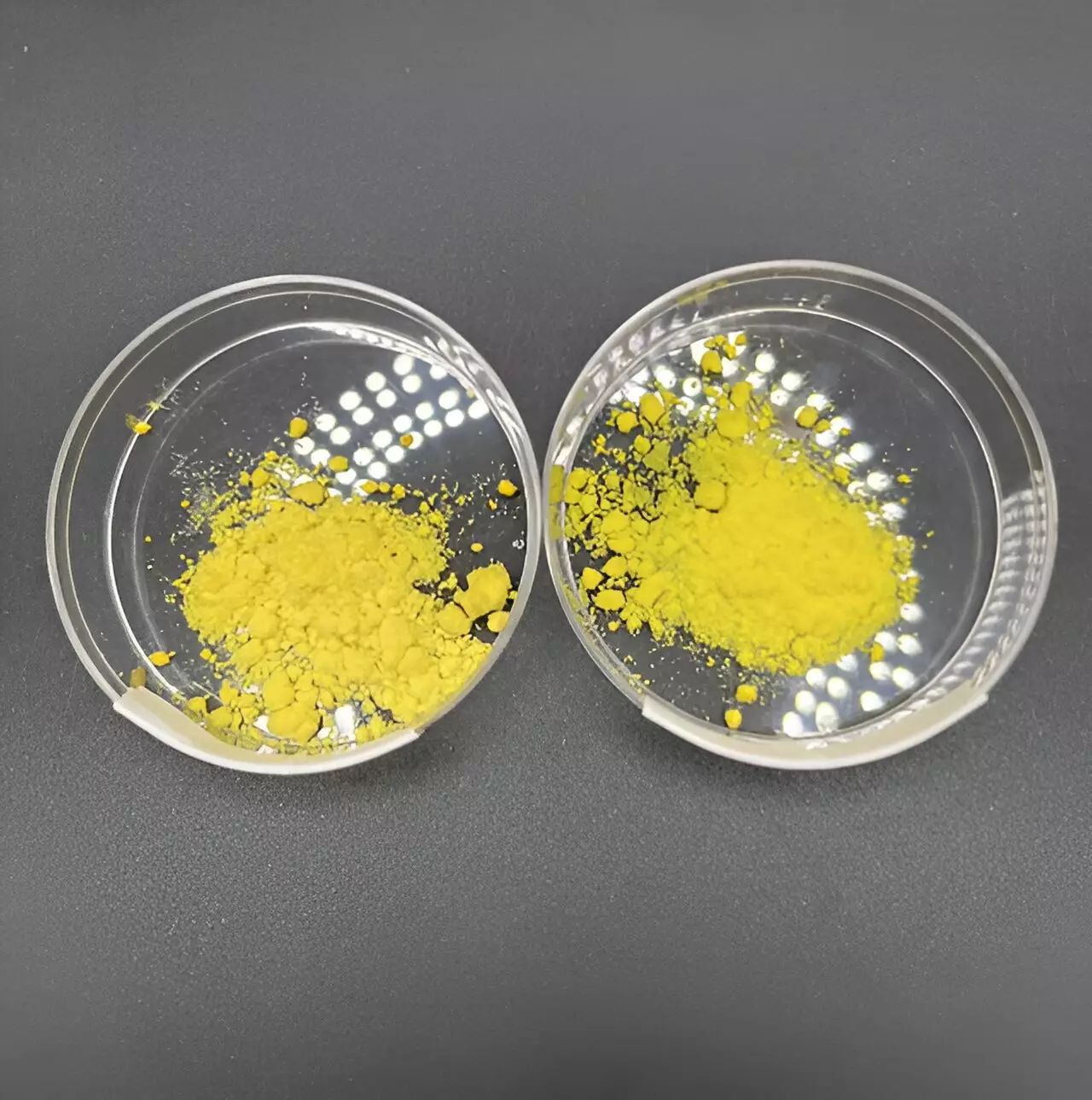In trendy cafes around the world, a drink known as golden milk has gained popularity. However, this beverage is not a new invention, but rather a modern twist on a traditional Indian drink called haldi doodh. Originally used as a home remedy for colds, the drink has been rebranded as a healthy coffee alternative due to its caffeine-free nature. Golden milk typically consists of milk, turmeric, and spices, making it an appealing option for those looking to avoid caffeine or try something different.
At the fall meeting of the American Chemical Society, researchers presented a new method for making an instant, plant-based version of golden milk. The goal of this research was to maintain the beneficial properties of the ingredients while also extending the shelf life of the drink. Curcumin, the bioactive compound found in turmeric, is known for its potential anti-inflammatory and antioxidant effects. However, extracting curcumin from turmeric is a challenging process that often involves organic solvents and a lot of energy.
The researchers developed a novel method to efficiently extract curcumin from turmeric and encapsulate it within plant-based milk. By adding turmeric powder to an alkaline solution, they were able to make the curcumin more soluble and easier to extract. The resulting solution was then added to soy milk and freeze-dried to create an instant golden milk powder. This method not only increases the efficiency of curcumin extraction but also protects the compound from degradation, making the drink shelf-stable for longer periods.
The encapsulation of curcumin within soy milk oil droplets enhances its bioavailability, allowing the body to absorb and utilize the compound more effectively. While the initial research focused on soy milk, the method could be applied to other plant-based milks, providing options for individuals with soy allergies. Additionally, the pH-driven extraction method could be used to extract other beneficial compounds from fruits and vegetables, reducing food waste and increasing nutritional value.
Although more research is needed before instant golden milk becomes widely available, the initial results are promising. The researchers hope that their work will not only enhance the nutritional value and convenience of golden milk but also shed light on the chemistry behind this seemingly simple beverage. By understanding the science behind the preparation of foods and beverages, we can gain a greater appreciation for the culinary arts and make more informed choices in the kitchen.


Leave a Reply